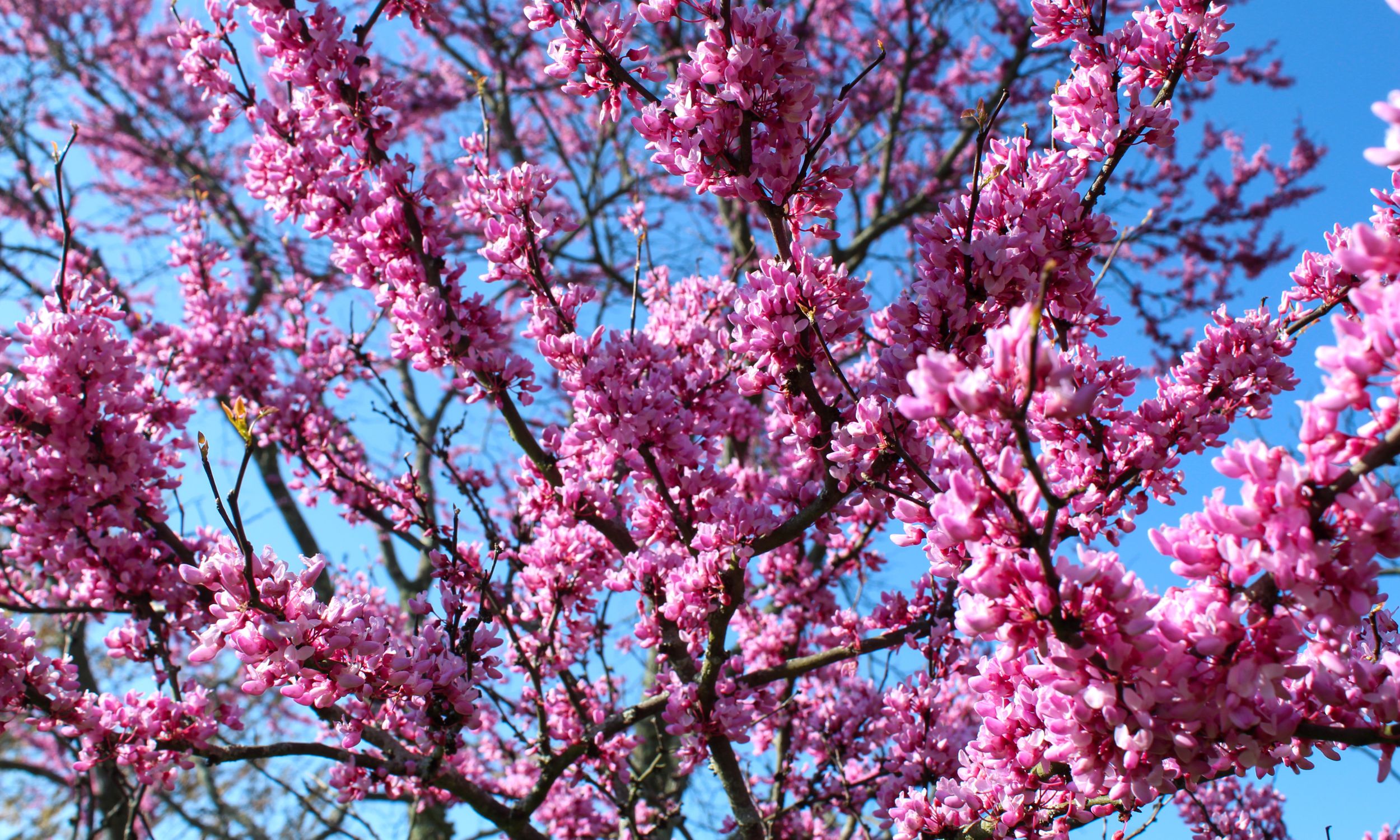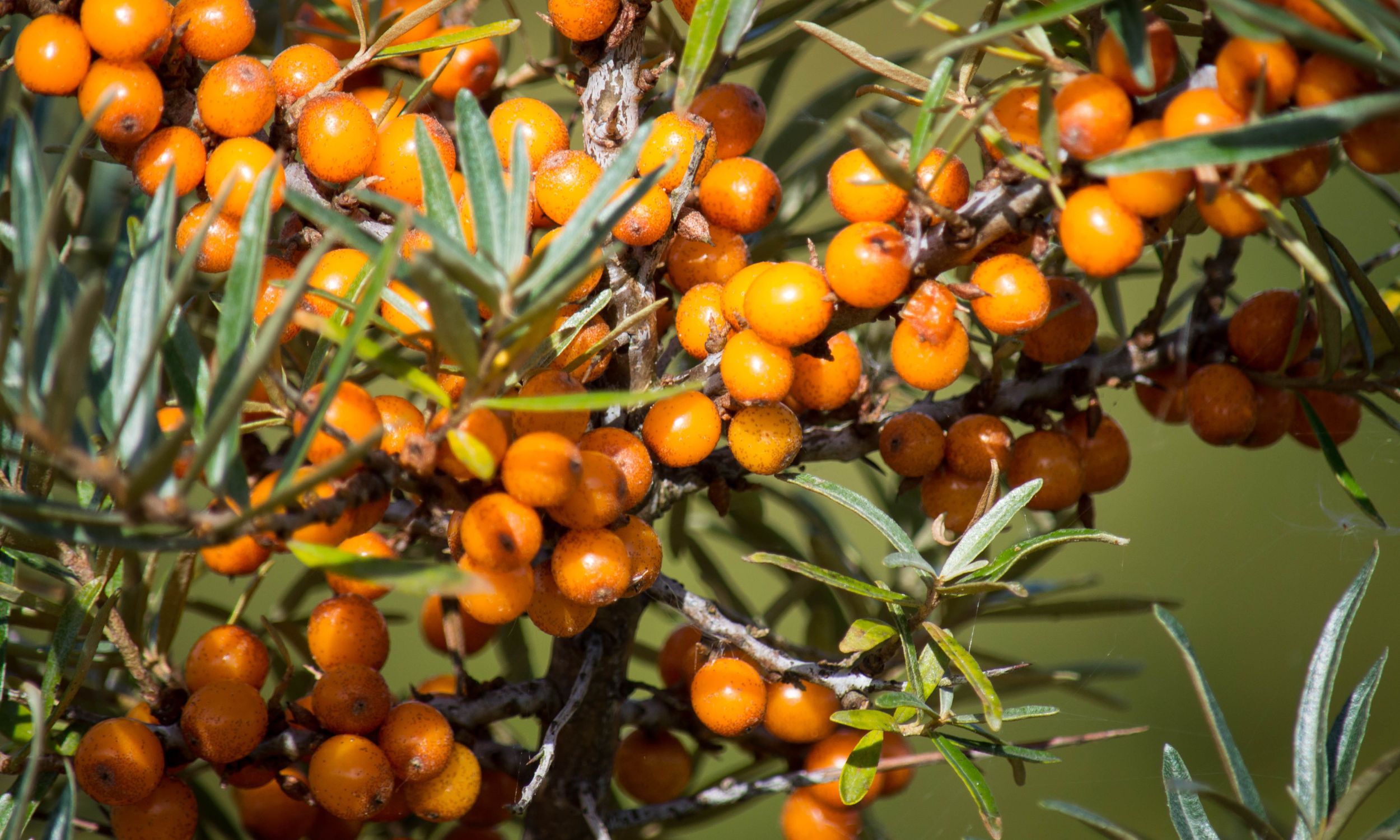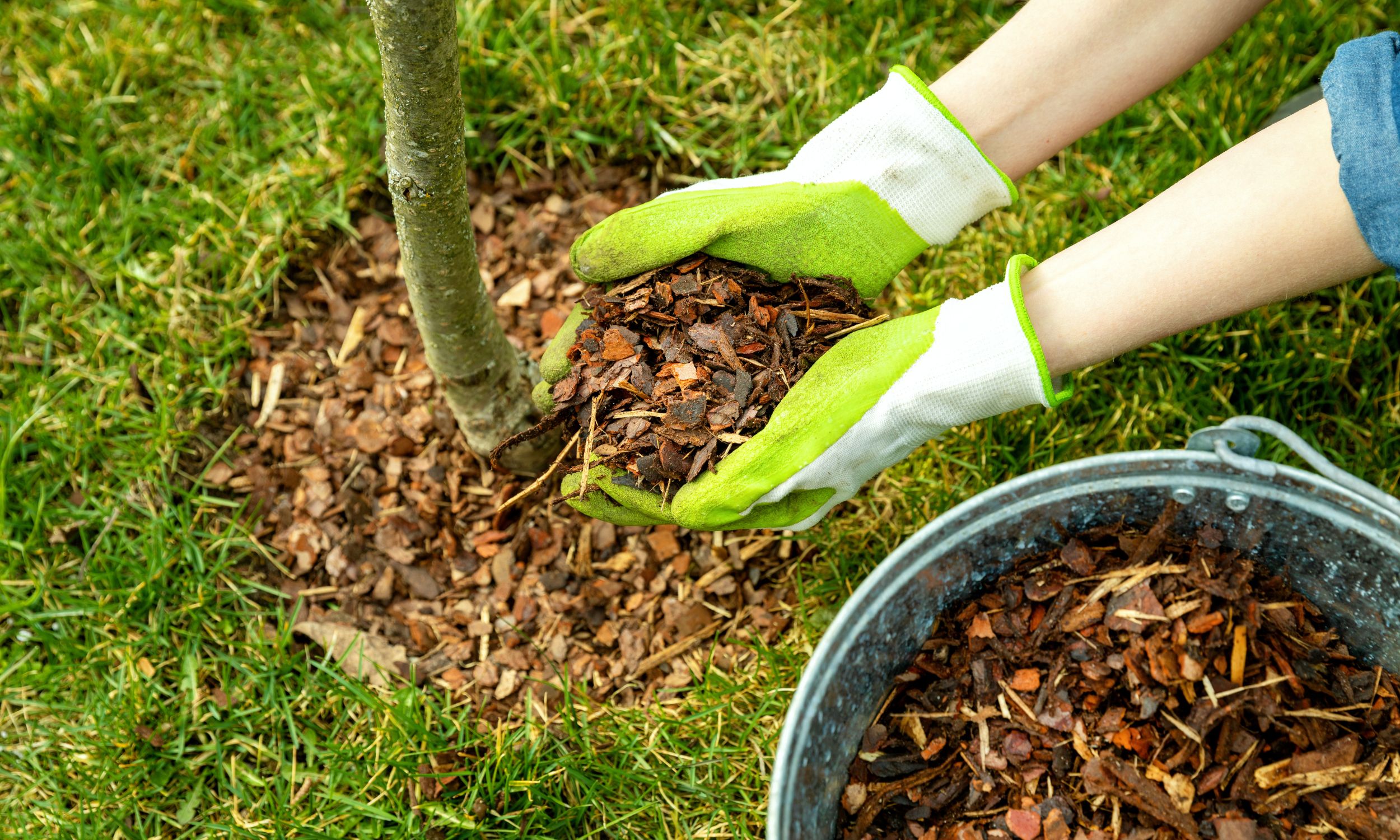Nitrogen Fixing Plants in Permaculture
Nitrogen fixing plants are an important part of permaculture. They help to improve the quality of the soil by nitrogen. This is important because nitrogen is an essential element for plant growth.
Nitrogen fixing plants also help to increase the organic matter in the soil, which helps to improve its structure and fertility.
In addition, nitrogen fixing plants can help to reduce the amount of water needed for irrigation. As a result, they can be a valuable tool in drought-prone areas.
Let’s dive deeper into why your plants need nitrogen and what types of plants you should include in your permaculture garden to provide your plants with nitrogen.
Disclosure: Some of the links below are affiliate links, meaning, at no additional cost to you, I will earn a commission if you click through and make a purchase.
Why is Nitrogen Important for Plants?
Nitrogen is one of the most important nutrients for plants. It helps them to grow and develop, and it is essential for the production of chlorophyll, the compound that helps plants to perform photosynthesis.
Nitrogen is also necessary for the formation of proteins, which are essential for cell growth and repair. Without enough nitrogen, plants would be unable to produce the food and energy they need to survive.
Although nitrogen is found in the air, it is not in a form that plants can use. Instead, they rely on nitrogen-fixing bacteria to convert nitrogen into a usable form. These bacteria live in the roots of plants, and they help to fertilize the soil and provide plants with the nitrogen they need to grow.
What Is a Nitrogen Fixer?
A nitrogen fixer is a plant that helps to add nitrogen to the soil. This process, known as nitrogen fixation, is important for plant growth.
While most plants rely on nitrogen found in the air or in the soil, nitrogen fixers are able to convert atmospheric nitrogen into a form that can be used by plants. This process not only benefits the plants themselves, but it also helps to improve the fertility of the soil.
In addition, nitrogen fixing plants often have deep roots that help to aerate the soil and prevent erosion. As a result, they play an important role in both agriculture and ecosystem health.

Nitrogen-Fixing Trees
- Black Alder (Alnus Glutinosa). A great starter or nurse trees to help your soil quickly. Alder is easily grown, like damp soil and has many other uses other than nitrogen fixing. For instance, it is a great wood to use for smoking meats.
- Black Locust (Robinia Psuedoacacia). This tree is one that is native to North America. The Black locust grows best in lime rich soils it is a tall growing tree and has very hard wood. So it also has many other great uses. This is perfect for fence posts and is a honey producer for example.
- Honey Locust or Thorny locust (Gleditsia Trycanthos). This is also a native to North America and prefers moist soil but is very adaptable, a fast grower often considered invasive. The wood is beautiful for crafts as it polishes up beautifully, and also a good forage for animals.
- Foxglove or Empress tree (Paulownia tomentosa). This tree is native to China but has since been introduced to North America and Europe. This is the fastest growing nitrogen fixer and also can survive in cold climates. Its other uses are fodder for animals like cows, goats and sheep as it is high in protein, and also it is used to make musical instruments.
- Mimosa (Albizia julibrissin). This is a cold tolerant tree that can get along in almost any soil. It is a great shade provider and has a beautiful aroma.
- Common Laburnum (Laburnum anagyroides). A beautiful tree and top nitrogen fixer. The only thing about this tree is that it is very poisonous.
- Redbud (Cercis Canadensis). This is a beautiful ornamental tree but does need more water than other nitrogen fixers, so you want to plant this where there is good precipitation.
- Velvet Mesquite (Prosopis Velutina). This is an important tree for humans and animals in very dry climates. Not only does this mesquite provide life giving shade but is also a valuable food source.
- Kentucky Coffee (Gymnocladus dioicus). A beautiful shade tree. You can roast the mature pods and it’s a great alternative to coffee beans.
- False Acacia (Robinia Psuedoacacia). As seen in the pictures below the nitrogen rich pods are very visible. This variety of Acacia is found in warm temperate climates.

Nitrogen-Fixing Shrubs
- Autumn olive (Elaeagnus Umbellate). This shrub is originally from Asia, but has now found its way all over North America and Europe. This is a very hardy shrub, good in any soil. It grows quickly, and in some instances is considered invasive in North America. This is a bushy shrub and produces berries that can be eaten when ripe.
- Russian olive or Silver Berry (Elaeagnus Angustifolia). This shrub grows in any soil, originating in central Asia, and it is now widely grown throughout North America and Europe. It’s drought tolerant, and can survive cold temperatures. The Russian olive is a great wind break, and also used as a herbal remedy.
- Sea Berry (Hippophae Rhamnoides). This shrub prefers coastal climates, but has been grown successfully in all other regions of North America and Europe. It thrives in all types of soil, and can handle cold and drought. This shrub is a non-leguminous nitrogen producer. It yields delicious edible berries, and also has herbal properties.
- Siberian Pea (Caragana Aborescens). This shrub is extremely hardy and a top nitrogen fixer as it produces tons of small seed pods. This is a very fast growing shrub suitable to almost any soil other than very moist soil. These make fantastic wind blocks and hedges. They are great for pollinators, the bark is used for paper and the seeds for making dye.
- Spanish Broom (Spartium Junceum). As seen in the picture below is a great nitrogen fixer. This is primarily found in warm temperate climates. Notice what the fixers have in common? Pods.
- Buffalo Berry (shepherdia argentea). This is a member of the Russian olive family. This was a staple for North American indigenous people. Used as medicine, dye, and to flavor meat.
- Mountain Mahogany (Cercocarpus). This shrub grows at altitude, and prefers a hot dry climate. It is a top nitrogen fixer from the rose family, so it produces gorgeous flowers and fruit.
- Mountain Misery (Chamaebatia). This is an aromatic evergreen nitrogen fixer. Its resin is highly flammable and the leaves make a pleasant tea for health.
- Cliff Rose (Purshia). Another evergreen from the rose family. This shrub was traditionally used for making arrows and dyes.
- Honey Mesquite (Prosopis Glandulosa). This mesquite is a shrub, and a super-plant for pollinators. Like other mesquite, it is great for fire wood, and for smoking meats.

Nitrogen-Fixing Ground Cover Plants
- Peas (Pisum Sativum). Garden, field and pigeon are just a few varieties of these delicious nitrogen fixers. The varieties are numerous and their nutritional value well documented.
- Wood vetch (Vicia Slyvatica). This is only one of the vetch family, but is a hardy plant which unlike the beans or peas is a perennial, meaning you do not have to plant it every year. Wood vetch is a valuable herbal remedy for muscle pain and cramping.
- Clovers (Fabaceae). These beneficial plants are of the bean family and offer amazing ground cover. They are also a perennial plant which is just convenient. Clovers, whether white or red, offer terrific herbal remedies for blood purification respiratory ailments, and are rich in minerals. This great little nitrogen fixer is a much better alternative to grass lawns.
- Everlasting Sweet Pea (Lathyrus Latifolius). This is the perennial version of the sweet pea family. This is a sturdy perennial which can stand the cold, and is a good climber.
- Peanuts/ground nuts (Arachis Hypogaea). This is a legume so great nitrogen fixer and a delicious food source used all over the world.
- Licorice (Glycyrrhiza Glabra). This is a flowering perennial with many uses. This aromatic plant is used for flavoring candy, tobacco, also in medicines.
- Alfalfa (Medicago Sativa). This is a flowering perennial and one of the best foraging crops for herbivores or livestock.
- Dryas Drummondii (Dryas Drummondii). This is a herbaceous perennial which can grow almost anywhere and is most commonly used as an ornamental plant.
- Lupins (Lupinus). Another herbaceous perennial which is both a source of food and an ornamental.
- Beans (Fabaceae). All bean varieties are great nitrogen fixers, whether Fava, bush bean, lima bean or chickpea, but there are so many more to list. Many of these not only contribute an important part to our diets but are terrific nitrogen fixers when their season is over.

How to Use Nitrogen-Fixing Plants
Mulching with cuttings of these plants is one way to transfer the nitrogen to your garden beds. You can also compost the cuttings first to create a rich soil amendment for vegetable gardens.
Permaculture practitioners often plant nitrogen-fixing plants in food forests to feed nearby fruit or nut trees. They feed the surrounding perennials through the soil. On top of that, the plants can be chopped back regularly.
Try dropping the cuttings around fruit and nut trees as mulch to feed the soil from above.
Tip: Chopping and dropping at the beginning of a rainy season helps the nitrogen-rich cuttings break down faster.
Nitrogen fixing plants are an important part of permaculture. They help to nitrogen in the soil, which is essential for plant growth. Nitrogen fixing plants also help to improve soil structure, and they can provide nitrogen for other plants.
In addition, nitrogen fixing plants can help to prevent erosion and improve water quality. As a result, nitrogen fixing plants are an essential part of any permaculture system.
